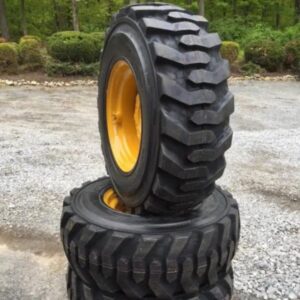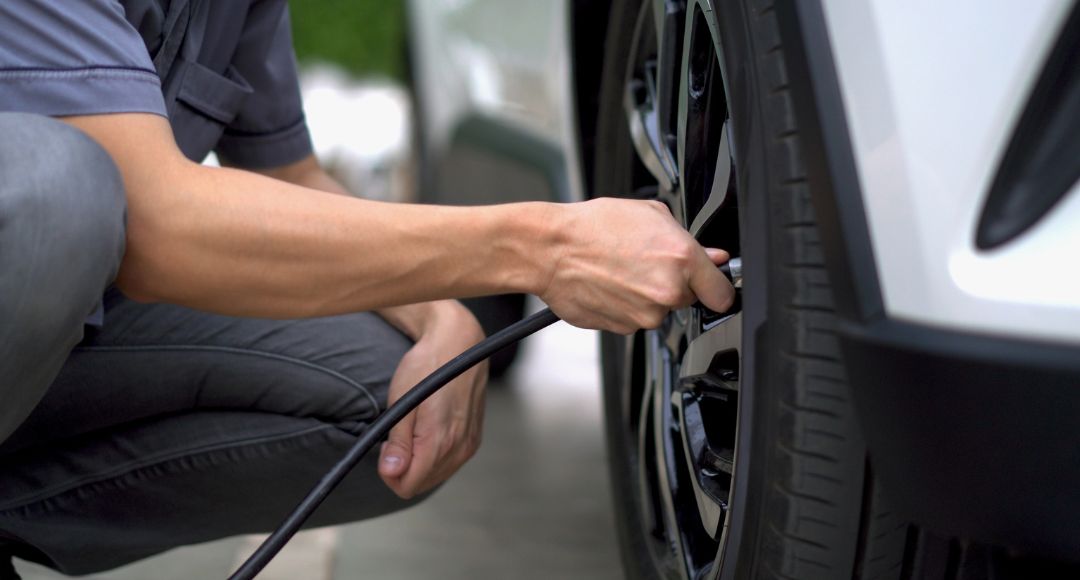Solid tires and foam-filled tires are both used in industrial vehicles such as forklifts and wheelchairs. While they both provide support, cushioning, and traction, they have some major differences that should be considered when choosing the best type of tire for a particular application. If you’re looking for a convenient and cost-effective solution, try the tire foam fill do it yourself kit to quickly and effectively repair your flat tire
Solid tires are made of durable rubber material and usually have a harder surface than foam-filled tires. This makes them better suited for heavier applications, as they can handle more weight and impact. They also provide better traction on rough surfaces, such as gravel or uneven terrain. Solid tires are less prone to flats but lack the cushioning and shock absorption of foam-filled tires.
Solid tires are made from materials such as rubber, polyurethane, or thermoplastic elastomers that provide high strength and durability. They have a rigid construction for greater stability and are able to handle heavier loads than foam-filled tires. On the downside, solid tires tend to be less comfortable for the driver due to their hard construction and may require more energy to push or pull the vehicle.
Differences
 The primary difference between solid and foam-filled tires is the material they are made from. Solid tires are made from thick rubber while foam-filled tires feature a casing rubber and a core filled with polyurethane foam. This difference affects how each type of tire performs in various conditions.
The primary difference between solid and foam-filled tires is the material they are made from. Solid tires are made from thick rubber while foam-filled tires feature a casing rubber and a core filled with polyurethane foam. This difference affects how each type of tire performs in various conditions.
Solid tires offer greater ground clearance, smoother ride, and better puncture resistance because their rubber construction is more durable than foam-filled tires. However, they are also heavier, making them difficult to maneuver in tight spaces. They also generate more heat when used for long periods of time, which can cause additional wear and tear on the tire or vehicle.
Foam-filled tires offer better shock absorption than solid tires because the foam core absorbs more of the impact. This makes them ideal for applications that involve frequently driving over rough terrain or carrying heavy loads. They are also much lighter than solid tires, which makes them easier to maneuver in tight spaces and reduces strain on the operator. However, they have less ground clearance and can be prone to punctures if used on very rough surfaces.
Conclusion
When deciding between solid and foam-filled tires, it is important to consider the specific needs of the application. Solid tires are more durable and offer better ground clearance, but they are heavier and generate heat quickly when used for long periods. Foam-filled tires offer better shock absorption and are lighter than solid tires, but they have less ground clearance and can be prone to punctures. Ultimately, the best option depends on the application and environment in which they will be used.
